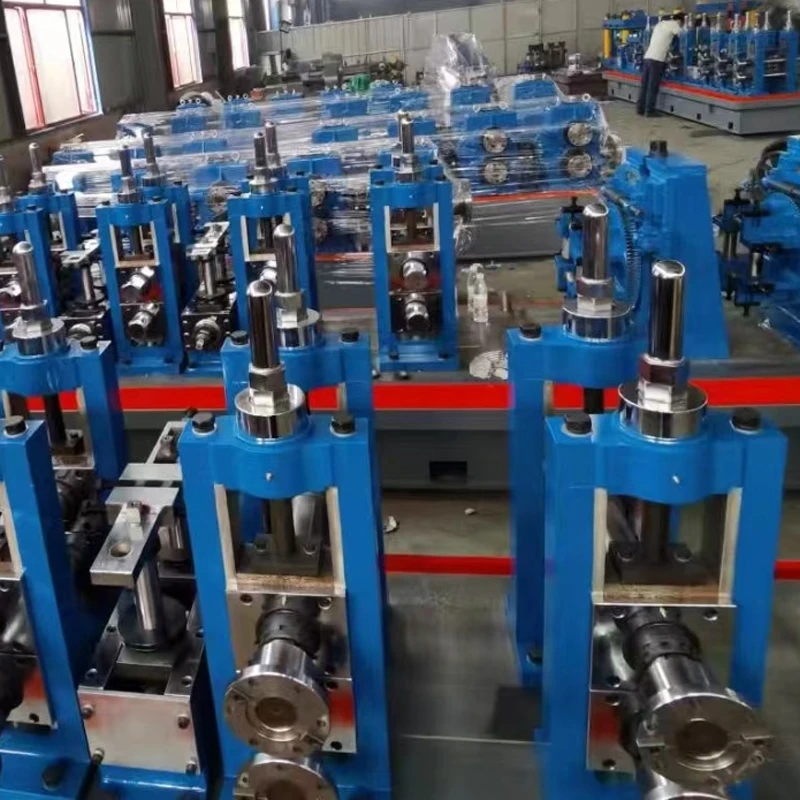Innovative Laser Solutions for Precision Pipe Cutting Applications and Techniques
The Advancements in Pipe Cutting Laser Technology
In the ever-evolving world of manufacturing and fabrication, pipe cutting lasers have emerged as a fundamental tool, revolutionizing the way industries handle cutting processes. The demand for precision, efficiency, and cost-effectiveness in production has led to the development of sophisticated laser technologies, making them an indispensable asset in various sectors, including automotive, construction, aerospace, and more.
Understanding Pipe Cutting Lasers
Pipe cutting lasers are specialized machines designed to cut cylindrical materials with high precision. Utilizing high-powered lasers, these machines can glide through metal, plastic, or other materials with minimal thermal distortion. Unlike traditional cutting methods, which often rely on mechanical processes, laser cutting provides cleaner edges and reduces the need for additional finishing processes. This precision is vital in sectors such as HVAC, where accurate cuts ensure proper fit and function.
Types of Lasers Used
There are several types of lasers commonly used in pipe cutting applications, including CO2 lasers, fiber lasers, and solid-state lasers. Each type has its unique advantages
- CO2 Lasers These lasers are effective for cutting thicker materials and can be used on both metal and non-metal substrates. Their longer wavelength allows for good absorption by materials such as plastics. - Fiber Lasers Gaining immense popularity, fiber lasers are known for their efficiency and low operating costs. They deliver higher power through a smaller footprint and are particularly effective in cutting and engraving metals.
- Solid-State Lasers Offering a versatile approach, solid-state lasers operate at various wavelengths and are useful for various applications, from cutting to welding.
Advantages of Laser Cutting
1. Precision and Accuracy Laser machines can achieve cutting tolerances as tight as ±0.01 mm, making them ideal for intricate designs and detailed work. 2. Reduced Material Waste The focused beam of the laser allows for narrow kerf widths, which translates to less wasted material and lower costs.
pipe cutting laser

3. Speed Laser cutting processes are significantly faster than traditional methods. High-speed cutting can lead to improved productivity, allowing manufacturers to meet tight deadlines.
4. Versatility With the ability to cut a wide range of materials and thicknesses, pipe cutting lasers can adapt to varying project requirements, making them a valuable asset for job shops and production facilities alike.
5. Minimal Post-Processing Due to the clean cut produced by laser technology, less finishing work is required post-cutting, leading to time savings and reduced labor costs.
Industry Applications
The applications of pipe cutting lasers span across numerous industries. In the automotive industry, for instance, these lasers are employed to cut exhaust systems, fuel lines, and various structural components. The aerospace sector benefits from the precision and reliability of laser-cut components in aircraft manufacture, where every part must meet stringent safety standards.
In construction, pipe cutting lasers provide the ability to manufacture piping systems for HVAC and plumbing with the accuracy needed for installation. Moreover, industries dealing with delicate or high-strength materials, such as medical device manufacturing or oil and gas exploration, rely heavily on the capabilities of pipe cutting lasers.
The Future of Pipe Cutting Lasers
As technology progresses, the future for pipe cutting lasers looks bright. Artificial intelligence and IoT integration are beginning to play significant roles in the laser industry, enabling predictive maintenance and real-time monitoring of cutting processes. Such advancements could lead to even greater efficiencies and enhancements in safety protocols.
In conclusion, pipe cutting lasers represent a groundbreaking achievement in manufacturing technology. Their ability to provide high-precision cuts with efficiency and versatility continues to drive their adoption across various industries. As innovations in laser technology advance, we can expect even more significant changes in the ways materials are processed, heralding a new era of manufacturing possibilities.
-
High Frequency Straight Seam Welded Pipe Production Line-BzZhou Xinghua Machinery Equipment Manufacturing Co., LTD.|Precision Welding, High EfficiencyNewsJul.30,2025
-
High Frequency Straight Seam Welded Pipe Production Line|BzZhou Xinghua|Precision Welding&EfficiencyNewsJul.30,2025
-
High Frequency Straight Seam Welded Pipe Production Line - BzZhou Xinghua|Precision Engineering&EfficiencyNewsJul.30,2025
-
High-Frequency Straight Seam Welded Pipe Production Line-BzZhou Xinghua Machinery Equipment Manufacturing Co., LTD.NewsJul.30,2025
-
High-Frequency Straight Seam Welded Pipe Production Line-BzZhou Xinghua Machinery Equipment Manufacturing Co., LTD.|Precision Manufacturing, High EfficiencyNewsJul.30,2025
-
High Frequency Straight Seam Welded Pipe Production Line-BzZhou Xinghua Machinery Equipment Manufacturing Co., LTD.|Precision Steel Pipe Manufacturing&Industrial EfficiencyNewsJul.29,2025


